You Can’t Regulate What You Don’t Understand
O'Reilly on Data
JUNE 15, 2023
If we want prosocial outcomes, we need to design and report on the metrics that explicitly aim for those outcomes and measure the extent to which they have been achieved. And they are stress testing and “ red teaming ” them to uncover vulnerabilities. That is a crucial first step, and we should take it immediately.





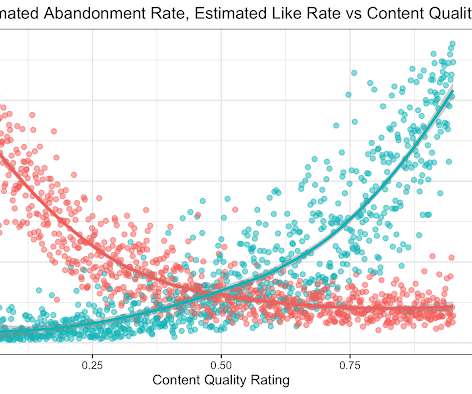


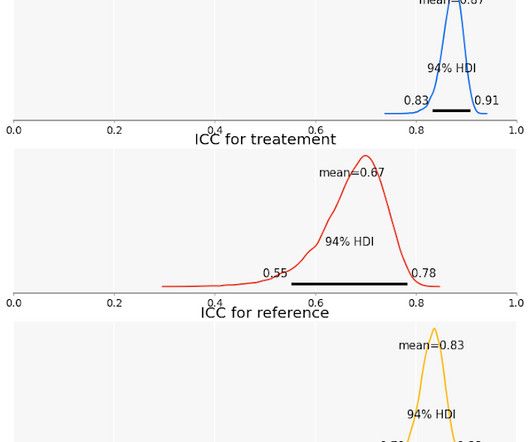
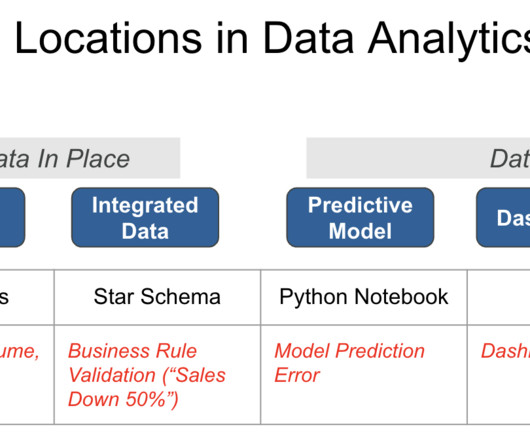










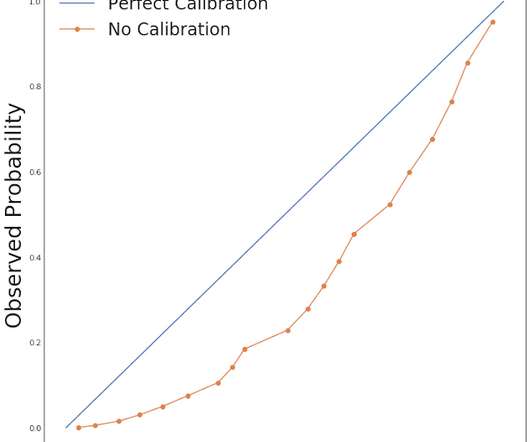

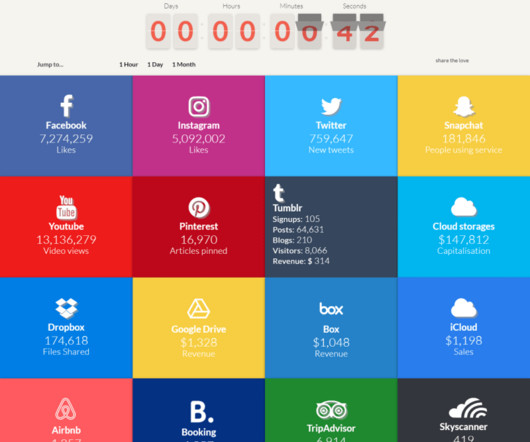








Let's personalize your content